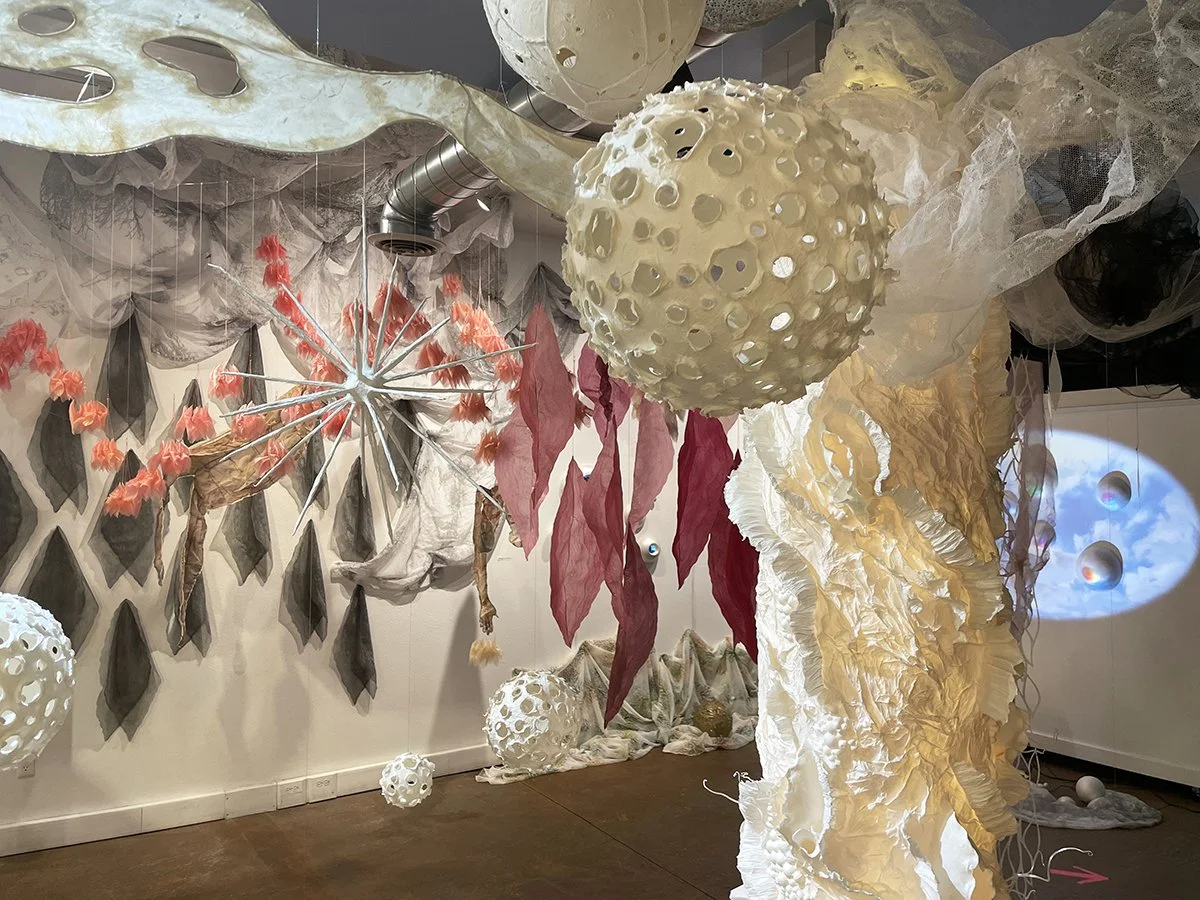If art is alchemy, then Margaret Kasahara is an alchemist. Using common items like toothpicks, buttons, and her own hair, the multi-disciplinary artist elevates these objects through her art processes, transforming them from common to sacred. And she takes her wizardry a step further, sometimes seemingly stopping time through her transformations while also reminding viewers of time’s unstoppable passage.
Welcome to DARIA: Denver Art Review, Inquiry, and Analysis, a publication devoted to art writing and criticism focused on the Denver-area visual art scene. DARIA seeks to promote diverse voices and artists while fostering critical dialogue around art.





















